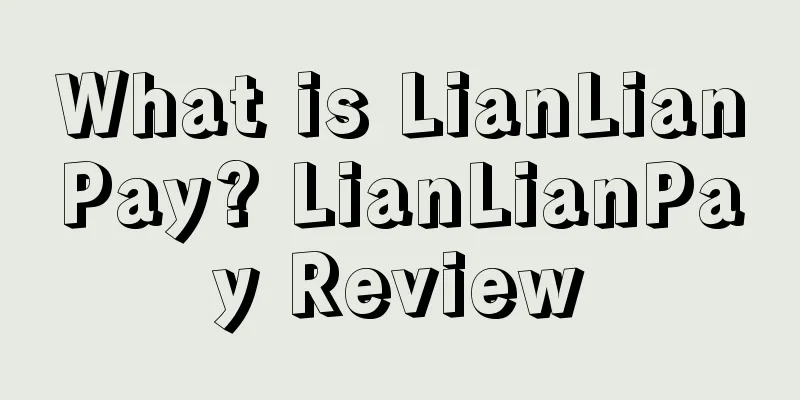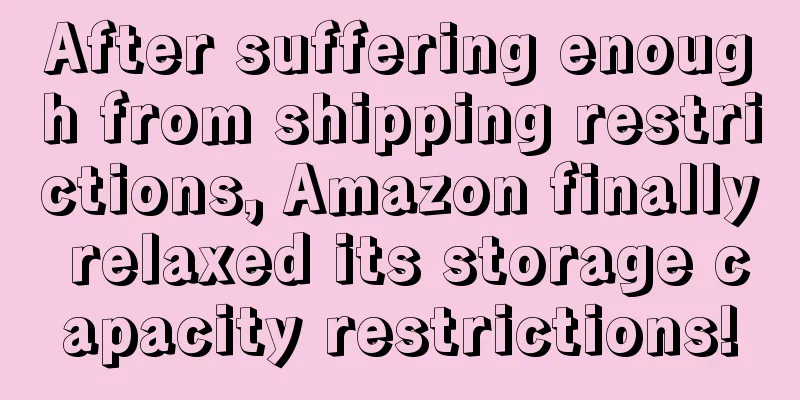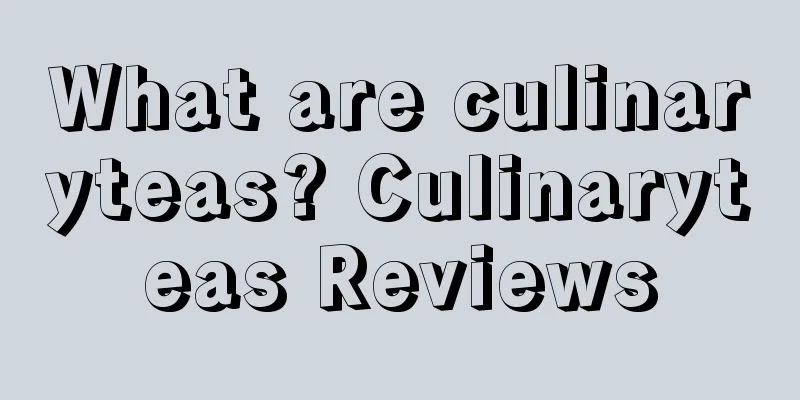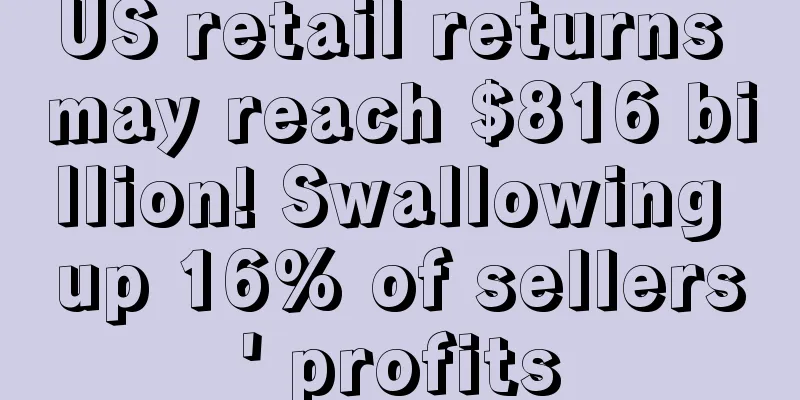What is 337 Investigations? 337 Investigations Review
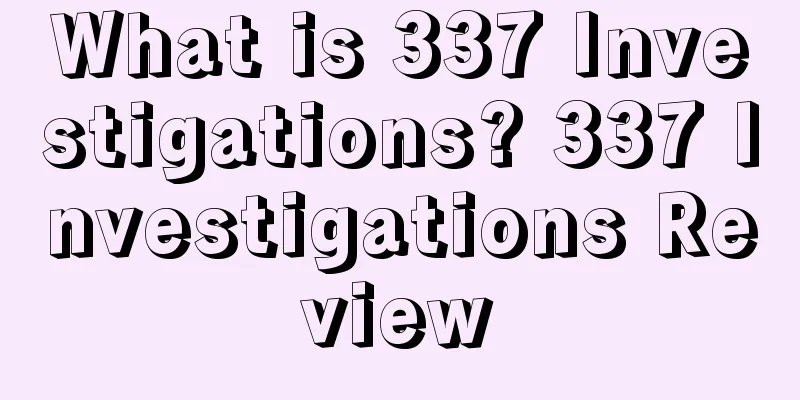
|
The 337 investigation is a quasi-judicial procedure in which the U.S. International Trade Commission (ITC) investigates intellectual property infringement and other unfair competition in import trade in accordance with the relevant provisions of Section 337 of the U.S. Tariff Act of 1930, and determines whether there is infringement and whether it is necessary to take remedial measures . Specific content The US "Section 337" prohibits all unfair competition or any unfair trade practices in products exported to the US. The so-called unfair practices specifically refer to: products entering the US in an unfair competition manner or unfair behavior, or the product owner, importer, or agent selling the product in the US market in an unfair manner, causing substantial damage or threat of damage to related US industries, or hindering the establishment of related US industries, or suppressing and manipulating US business and trade, or infringing on legal and valid US trademarks and patents, or infringing on the exclusive rights of integrated circuit chip layout design, or infringing on other design rights protected by US law, and related industries exist in the US or are being established. Investigation Agency The United States International Trade Commission (USITC) is responsible for conducting Section 337 investigations. USITC is an independent quasi-judicial federal agency in the United States. It has extensive investigative powers over trade-related matters. Its functions mainly include: import investigations based on intellectual property rights and the adoption of sanctions; industry and economic analysis; domestic industry damage investigations in anti-dumping and anti-subsidy investigations; safeguard investigations; trade information services; trade policy support; and maintenance of U.S. customs tariffs. USITC has a total of 6 commissioners, each serving a term of 9 years. Survey subjects According to US law, Section 337 investigates general unfair trade and unfair trade related to intellectual property rights. The legal elements of unfair trade in general include two aspects: (1) the existence of a related industry in the United States or the establishment of such industry; (2) the damage has reached a certain level, that is, damage or substantial damage to the related industry in the United States, or preventing the establishment of related industries in the United States, or suppressing and manipulating the business and trade of the United States. The legal elements of unfair trade in intellectual property rights also include two aspects: (1) the imported products infringe the patent rights, copyrights, trademark rights and other exclusive rights of the United States; (2) the existence of a related industry in the United States or the establishment of a related industry is in progress. In practice, most 337 investigations involving infringement of US intellectual property rights are aimed at patent or trademark infringement, and a few investigations also involve copyright, industrial design and integrated circuit layout design infringement, etc. Other forms of unfair competition include infringement of trade secrets, counterfeit operations, false advertising, and violation of antitrust laws. Investigation Procedure The main procedures of a 337 investigation include: application, filing, response, pre-hearing meeting, evidence collection, hearing, administrative judge's preliminary ruling, committee review and final ruling, and presidential review. If any party is dissatisfied with the USITC's ruling, they may appeal to the United States Court of Appeals for the Federal Circuit. According to Section 337 of the U.S. Tariff Act of 1930, the U.S. International Trade Commission should complete a 337 investigation and make a ruling "as soon as practicable." In practice, the U.S. International Trade Commission generally completes an investigation within 12-15 months, and complex cases may be extended to 18 months. Application and filing Filing of Section 337 Investigation Application Applicants can submit applications to the United States International Trade Commission (USITC) in person or by mail, including 12 non-confidential texts and 6 evidence materials, 12 confidential texts and 6 evidence materials. Non-confidential text applications can also be submitted in electronic form. USITC does not accept applications submitted by fax. Non-US companies can also file a 337 investigation application. In a 337 investigation involving intellectual property rights, whether it is a US company (natural person) or a non-US company (natural person), as long as it believes that the imported products infringe its patent rights, trademark rights, copyrights or integrated circuit layout design rights registered or registered in the United States, and can prove that the corresponding domestic industry already exists or is being formed in the United States, it can file a 337 investigation application with the USITC in accordance with the law. In determining whether there is a domestic industry in the United States, the applicant should be considered: whether it has made significant investments in factories and equipment, whether it has employed a large number of workers or raised a large amount of funds, and whether it has carried out major investment activities such as design, research and development, and licensing for the development of the intellectual property involved. Contents of the application In a 337 investigation, if the applicant accuses imported products of infringing intellectual property rights, the main contents of the application should include: a description of the intellectual property rights involved; a description of the imported products suspected of infringement; relevant information about the manufacturers, importers or distributors of the suspected infringing products; other ongoing court lawsuits or administrative procedures involving the intellectual property rights involved; domestic industry conditions and the plaintiff's interests in the industry; and litigation requests. In 337 investigation cases involving patents, the applicant must also provide a comparison table of patent claims to prove infringement. Channels for obtaining information related to the application Anyone can query the relevant contents of the application, including the plaintiff, defendant, and cause of action, through the USITC's official website. In addition, the non-confidential version of the application, attached evidence, and other relevant investigation documents can also be queried through the USITC's EDIS system. Open a case The USITC shall decide whether to initiate the case within 30 days of receiving the application. The case initiation notice will be published in the Federal Register, the official publication of the US government, and can be found on the USITC website. Legal basis In terms of substantive law, 337 investigations are mainly subject to the relevant provisions of Section 337 of the U.S. Tariff Act of 1930, various U.S. federal and state laws on the identification of intellectual property infringement, and other laws on unfair competition. In terms of procedural law, 337 investigations are mainly subject to the relevant provisions of the United States Code of Federal Regulations on USITC investigations, the USITC Rules of Operation and Procedure, the provisions on civil evidence in the Federal Rules of Evidence, and the relevant provisions on administrative investigations in the Administrative Procedure Act. Trade sanctions Section 337 Investigation Section 337 is a local "administrative remedy" in the United States. It has been revised many times since its promulgation. The current provisions authorize the United States International Trade Commission to investigate and adjudicate unfair trade practices in imports, provided that U.S. companies file lawsuits. Section 337 is the most flexible and powerful trade protection measure in the world. Any foreign export product that is found to have infringed upon by a Section 337 investigation will be directly prohibited from being imported and sold in the U.S. market through the issuance of an import ban order, and this cannot be circumvented. In addition, Section 337 has crossed national borders, and any infringements worldwide may be prosecuted, even non-export activities. According to the general exclusion order for the "Section 337" investigation, if a company loses the case, all other companies in the country that produce the product will also have to withdraw from the US market. Subject Object The applicant (plaintiff) and the respondent (defendant) are the parties to a 337 investigation. Other companies that believe that the results of the investigation will affect their interests can apply to participate in the 337 investigation procedure in the name of a third party or request to be added as a defendant. The USITC designates an administrative law judge to review the case and issue a preliminary ruling, and designates an attorney to participate in each 337 investigation as an independent third party representing the public interest. The committee members are responsible for reviewing the administrative law judge's preliminary ruling and making a final ruling. According to Section 337 of the U.S. Tariff Act of 1930, any final ruling made by the USITC that violates Section 337 shall be submitted to the President for review. In practice, the presidential review is actually conducted by the Office of the United States Trade Representative (USTR). Administrative Law Judge The duties of an Administrative Law Judge (ALJ) in a 337 investigation mainly include: prescribing specific procedures and rules for evidence collection, convening hearings, making preliminary rulings, and recommending remedies. When a 337 investigation case is formally filed, the USITC designates an administrative law judge to preside over the court hearing of the case. The administrative law judge should determine the target date for the end of the investigation within 45 days after the case is filed, and issue a series of investigation rules (Ground Rules). The investigation rules stipulate specific guidelines for the investigation process, such as the time limit for responding to motions, the number of copies of evidentiary attachments required, the use of translation, the procedures for telephone conferences, etc. The administrative law judge will make a preliminary ruling on whether the import behavior violates Section 337 after holding a hearing. The USITC has a total of 5 administrative law judges. ITC Attorneys In each 337 investigation, the USITC designates a lawyer from its Office of Unfair Import Investigations (OUII) to fully participate in the investigation as an independent third party on behalf of the public interest. This lawyer is completely independent of the administrative law judge in the 337 investigation process and can express independent opinions on the case, including supporting or opposing the parties' claims. Defendants under investigation 1. Identification of the Defendant Manufacturers of the products involved (regardless of whether they directly export the products to the United States), importers who import the products involved into the United States, or sellers or retailers who sell the imported products involved in the United States may become defendants in a 337 investigation. A 337 investigation is an investigation initiated against imported products and does not require the USITC to have personal jurisdiction. Therefore, even if a foreign company does not directly establish a branch in the United States but sells its products to the United States through an intermediary, it may become a defendant in a 337 investigation because its imported products are suspected of infringing. If the plaintiff requests the USITC to issue a general exclusion order in the 337 investigation application, once the USITC issues a general exclusion order, the measures will affect not only the defendants listed in the application, but also other companies that are not listed in the application but may export similar products involved in the case to the United States. Therefore, in a broad sense, such companies are also related to the 337 investigation. After receiving warning information about a 337 investigation case, an enterprise should promptly learn about and verify the contents of the application and related attachments through relevant import and export chambers of commerce, industry associations, lawyers or the Ministry of Commerce's Import and Export Fair Trade Bureau, and compare the description of the products involved and the intellectual property rights involved in the application with the analysis of the enterprise's exports to the United States to confirm whether the enterprise is involved in the case. 2. How to avoid becoming a defendant in a Section 337 investigation The legislative purpose of the Section 337 investigation is to limit unfair practices in import trade. Many companies become defendants in Section 337 investigations due to lack of knowledge or awareness of intellectual property protection. In production, operation and foreign trade activities, companies exporting to the United States can take the following preventive measures to avoid becoming defendants in Section 337 investigations: (1) When producing products for export to the United States, conduct a preliminary investigation to determine whether the same or similar technologies, designs, and trademarks are used in similar products in the United States; (2) When accepting orders from importers to produce products for export to the United States, include a disclaimer clause on intellectual property infringement disputes in the processing contract; (3) Entrust relevant intermediary organizations to conduct searches before production or export to reduce the possibility of infringement; (4) Entrust a lawyer to issue a legal opinion that the exported products do not infringe intellectual property rights. 3. The first thing the defendant should do if he decides to respond to the lawsuit 337 investigations often involve patent infringement issues, and the professional and technical factors of responding to the lawsuit are very strong. If the defendant company decides to respond to the lawsuit, it should first quickly select personnel who understand the technology and sales of the products involved and have certain decision-making capabilities to form an internal management team within the company, and at the same time hire lawyers to determine the response strategy and carry out the response work based on the company's own situation. In addition, in some cases, the plaintiff may use a wide range of channels to publicize that the defendant is facing a 337 investigation, thereby influencing the existing or potential users or buyers of the products involved to stop using or purchasing the defendant's products. Therefore, after deciding to respond to the lawsuit, the defendant should also quickly make a statement to the outside world or the relevant buyers to express his position and corresponding actions. 4. Consequences of the defendant not responding to the lawsuit In the 337 investigation procedure, if the defendant does not respond to the lawsuit, he may be deemed to be an absent defendant. Once the USITC makes a default ruling against a defendant, the plaintiff's allegations against the absent defendant in the application will be deemed to be true, and he may ask the USITC to take immediate relief measures against the absent defendant. The USITC may take an exclusion order, a prohibition order, or both against the absent defendant if it deems that it does not affect the public interest. 5. Advantages and disadvantages of joint response In a 337 investigation, if multiple defendant companies jointly respond to the case, they can integrate resources, share information, and share the response work, which can, to a certain extent, share the response costs and reduce the response burden of a single company. In addition, through the collaboration between the companies that jointly respond to the case, they can form a joint force to jointly fight against the plaintiff. In practice, some companies involved in the case are unwilling to choose a joint response strategy due to the following concerns: they need to negotiate with other companies and cannot make decisions quickly; their own business secrets may be leaked; other companies can free-ride; and the different situations of the companies themselves make it impossible to form a unified response strategy. Stakeholders The defendants named in the petition may participate in the 337 investigation by filing a response. Any other company willing to participate in the investigation process may submit a written motion to the administrative law judge or the USITC to participate in the investigation process, and at the same time submit a certificate that it has served the motion on each party. When deciding whether to allow other non-defendant companies to participate in the investigation, the investigating agency usually relies on the following four criteria: the motion is filed in a timely manner; there is an interest in the property or transaction that is the subject of the investigation; the results of the investigation may in fact damage or hinder the ability of the party filing the motion to protect its own interests; the existing participants fail to adequately represent the party filing the motion. In a 337 investigation, if other interested parties do not participate in the investigation, they will lose the opportunity to use the investigation process to collect information and express their views, and may ultimately be affected by the USITC's ruling on whether Section 337 has been violated and related relief measures. |
<<: What is Weikelu Overseas Warehouse? Weikelu Overseas Warehouse Review
>>: What is outofstock? Outofstock Review
Recommend
Breaking news! A well-known cross-border company went bankrupt, the amount involved was as high as hundreds of millions, and many sellers were affected
Doing cross-border e-commerce is like playing a mi...
What is Bol.com? Bol.com Review
Bol.com is the largest e-commerce platform in the ...
What is Sellware? Sellware Review
Sellware can help you process orders more easily. ...
Revealed: What is the black technology that can delete comments and restore links?
Remember that on August 14, Amazon sellers encoun...
Amazon sellers' orders are interrupted! Will the shopping cart undergo major changes?
Last night, many sellers suddenly reported that th...
What is Zorpia? Zorpia Review
Zorbia is a cross-border e-commerce exchange commu...
What is Lulus? Lulus Review
Lulus is a clothing business site designed specifi...
Amazon first abuses sellers but then gives them benefits. Is the spring coming for sellers?
Amazon has been making a lot of weird moves recent...
What is SocialEpoch? SocialEpoch Review
SocialEpoch is a leading WhatsApp social marketing...
What is Carsome? Carsome Review
Carsome is a C2B used car trading platform from Ma...
Walmart Mexico's second quarter results announced! Revenue increased by 3.3%
It is learned that Walmart Mexico recently announc...
What is British Tempus Accounting Firm? British Tempus Accounting Firm Review
The British accounting firm Tempus was founded in ...
"Topped the list" of Amazon Best Seller, this brand is popular in Shenzhen
Author | Mai Lin@ Disclaimer | This article is cop...
Zhaodanmao Training Academy-How do Amazon sellers create social promotion media codes in the background?
Many friends came to consult Zhaodanmao and said: ...
WOOT Promotion Annual Data Report - What do the top-selling links look like?
WOOT My C position Looking back over the past yea...


